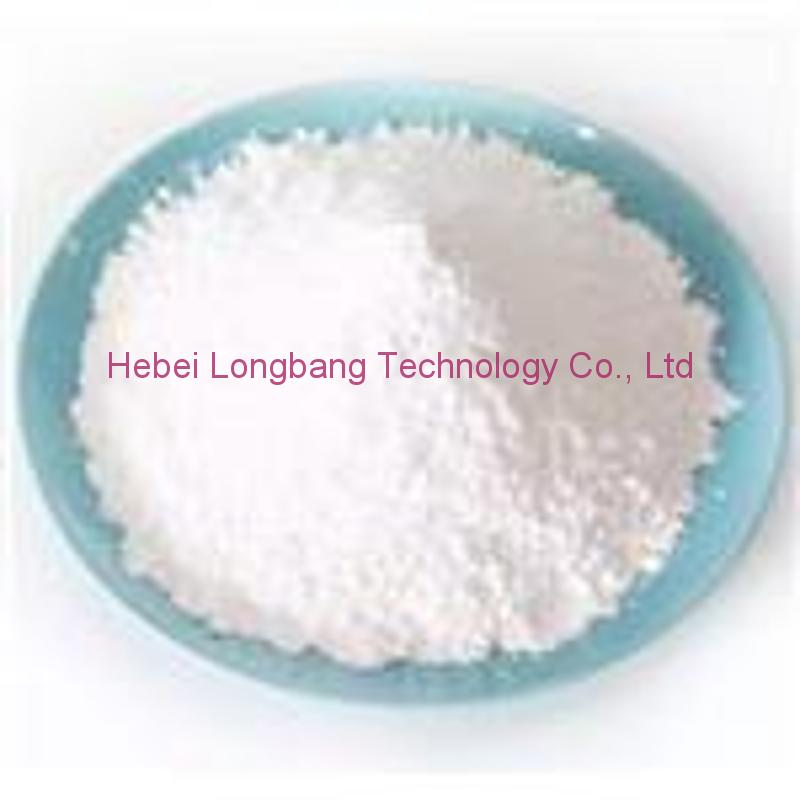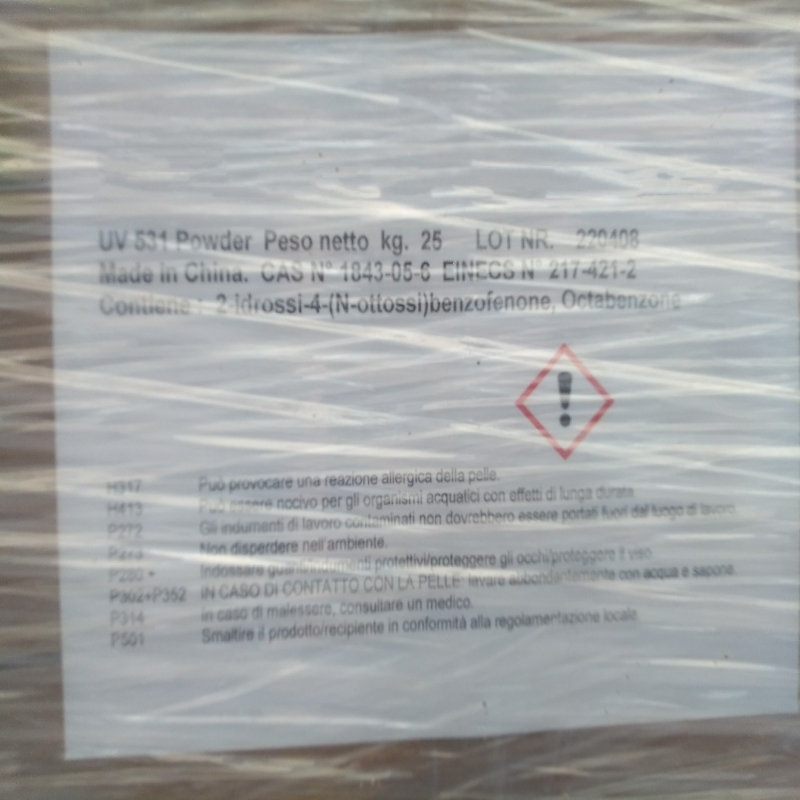-
Categories
-
Pharmaceutical Intermediates
-
Active Pharmaceutical Ingredients
-
Food Additives
- Industrial Coatings
- Agrochemicals
- Dyes and Pigments
- Surfactant
- Flavors and Fragrances
- Chemical Reagents
- Catalyst and Auxiliary
- Natural Products
- Inorganic Chemistry
-
Organic Chemistry
-
Biochemical Engineering
- Analytical Chemistry
-
Cosmetic Ingredient
- Water Treatment Chemical
-
Pharmaceutical Intermediates
Promotion
ECHEMI Mall
Wholesale
Weekly Price
Exhibition
News
-
Trade Service
According to the FTTH Council's latest "FTTH Market Panorama" study in Asia Pacific, the cost of fiber-to-the-home (FTTH) network deployment in Asia Pacific has increased by 10.
1%
over the past year.
The study reported a faster increase last year than in the past five years, in which the number of users accessing infrastructure services via fiber quadrupled, including using FTTH, fiber-to-the-building (FTTB) and other optical access technologies
.
The number of FTTH users has increased
significantly in some countries.
According to the study, the Philippines saw a year-on-year growth rate of 168.
6%, while Bangladesh's FTTH/FTTB subscribers grew by 149.
6%.
Other countries with large numbers of registered users include Indonesia (59.
5%), Thailand (37%) and New Zealand (30.
2%)
.
China remains home to the largest FTTH/FTTB infrastructure, with penetration (74% of connected areas), Thailand (35%), the Philippines (28%), Sri Lanka (25%), Kazakhstan (24.
9%) and Indonesia (24.
6%)
.
Looking ahead, FTTH Council Asia Pacific and IDATE expect FTTH penetration to grow by 18% (approximately 6.
49 million households) by 2023; The number of users will also increase, with a growth rate of 35% (about 576 million).
According to the FTTH Council's latest "FTTH Market Panorama" study in Asia Pacific, the cost of fiber-to-the-home (FTTH) network deployment in Asia Pacific has increased by 10.
1%
over the past year.
The study reported a faster increase last year than in the past five years, in which the number of users accessing infrastructure services via fiber quadrupled, including using FTTH, fiber-to-the-building (FTTB) and other optical access technologies
.
The number of FTTH users has increased
significantly in some countries.
According to the study, the Philippines saw a year-on-year growth rate of 168.
6%, while Bangladesh's FTTH/FTTB subscribers grew by 149.
6%.
Other countries with large numbers of registered users include Indonesia (59.
5%), Thailand (37%) and New Zealand (30.
2%)
.
China remains home to the largest FTTH/FTTB infrastructure, with penetration (74% of connected areas), Thailand (35%), the Philippines (28%), Sri Lanka (25%), Kazakhstan (24.
9%) and Indonesia (24.
6%)
.
Looking ahead, FTTH Council Asia Pacific and IDATE expect FTTH penetration to grow by 18% (approximately 6.
49 million households) by 2023; The number of users will also increase, with a growth rate of 35% (about 576 million).







